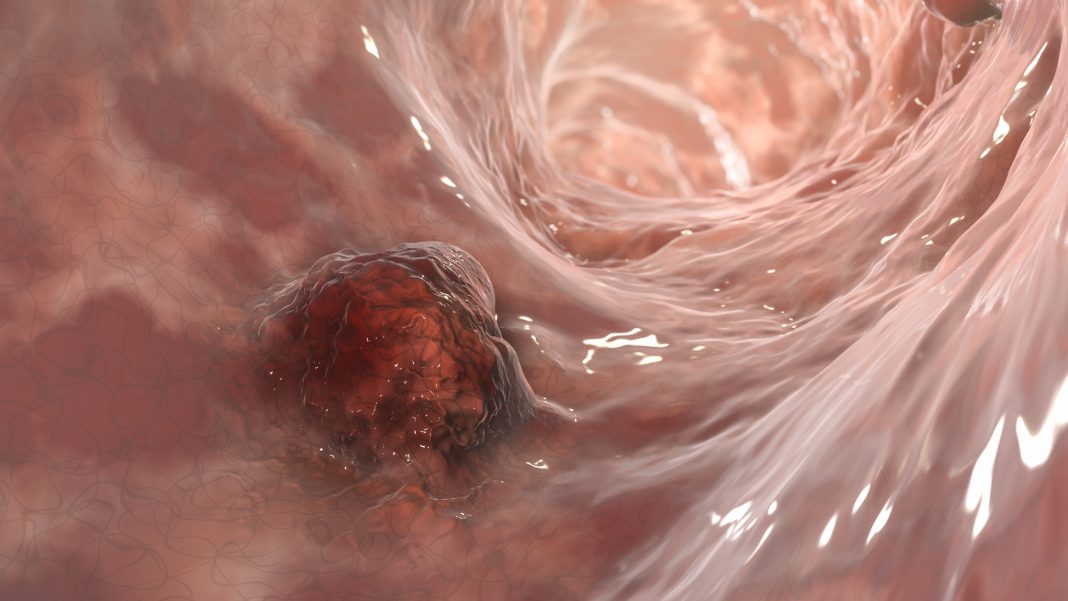Using microfabrication, tissue engineering, and optogenetic techniques, scientists from École Polytechnique Fédérale de Lausanne (EPFL) and colleagues at other institutions have successfully developed miniature colons capable of generating tumors outside the body that closely resemble those found in vivo. Their work is published in Nature in a paper titled, “Spatiotemporally resolved colorectal oncogenesis in mini-colons ex vivo.”
The mini colons replicate both the physical structure of colon tissue including the crypt and lumen architecture, as well as the cellular diversity that is present in actual colon tissue in both healthy and diseased states. The ability to replicate in tumor dynamics makes them well-positioned to reduce the reliance on animal models for drug discovery and development.
And they may even be better than some three-dimensional culture models at replicating the cell behavior and complex tissue architectures seen in actual colorectal tumors, according to the researchers. “Even the current gold-standard organoid-based 3D models, which are often postulated as a bridge between in vitro and in vivo, are too simplified for modeling cancer development ex vivo,” the authors wrote in Nature.
Additionally, their short lifespan, lack of “topobiological stability and consistency” and the “inability to generate hybrid tissues composed of healthy and cancer cells in a balanced and integrated manner” can make them less desirable as models for studying tumor development and drug response studies.
Mini colons and any other organs developed using this same approach may be the answer. According to the research team, the tissue they generated can “reproduce the stem-differentiated cell patterning axis in a stable and anatomically relevant topology; [can] be easily mutated and tracked in a spatiotemporally controlled manner; and create a biomechanically dynamic system that allows for tumor emergence while preserving the integrity of the surrounding healthy tissue.”
Perhaps the most important feature of the mini colons is that they can be induced to develop tumors in targeted areas using light. Drawing on techniques from optogenetics, a field that uses light to control biological processes like gene expression in a precise way, the scientists integrated a blue-light-responsive system into the mini colons to see if they could direct tumorigenesis in a targeted way.
As expected, when the researchers turned on the light, they introduced oncogenic mutations in specific cell populations of the colons that mimicked localized onset of colorectal cancer in the body. Watching the tumors emerge over several weeks can reveal a great deal of information about tumor behavior and dynamics. “This basically allows you to watch tumor formation in real-time and do very detailed analyses of a process that’s very difficult to study in a mouse,” said Matthias Lütolf, PhD, the senior author on the study and professor at EPFL’s Institute of Bioengineering.
And once the tumors have formed, they can be studied. To demonstrate this, the researchers screened the colons for evidence of known molecules involved in tumor development. Applying single-cell RNA sequencing to samples from the colons revealed overexpression of GPX2 protein, which they associated with stem cell characteristics and tumor growth.


